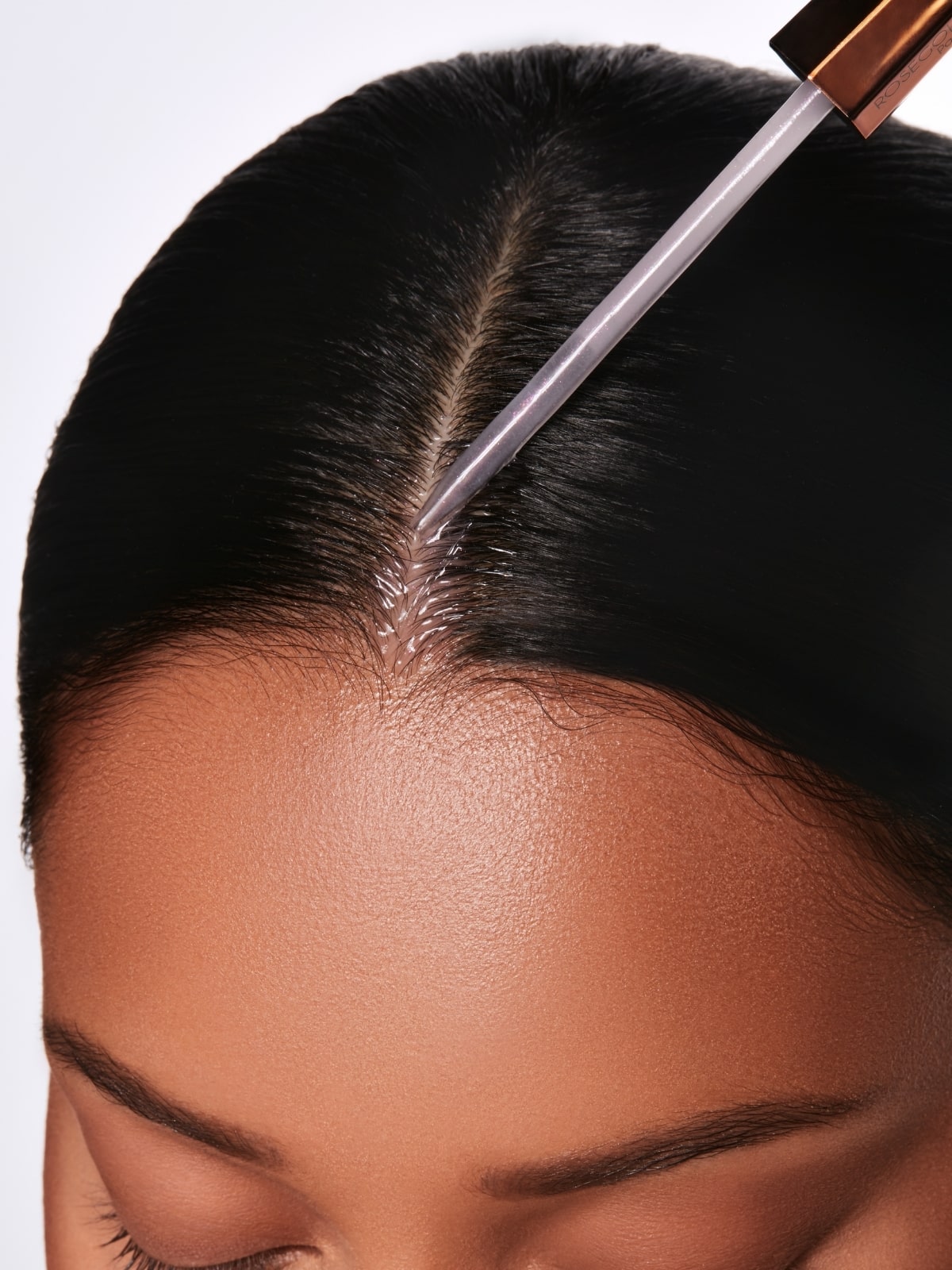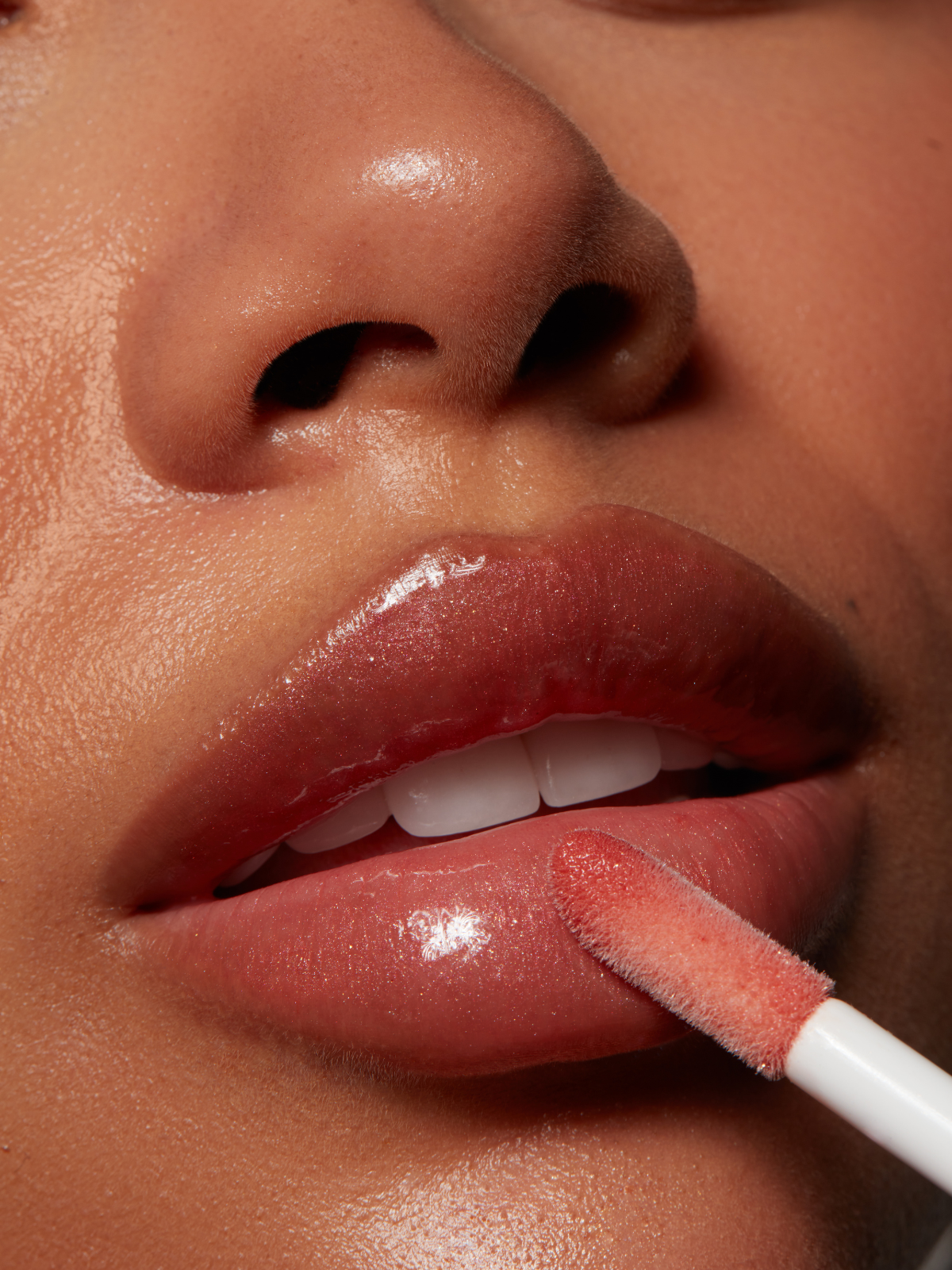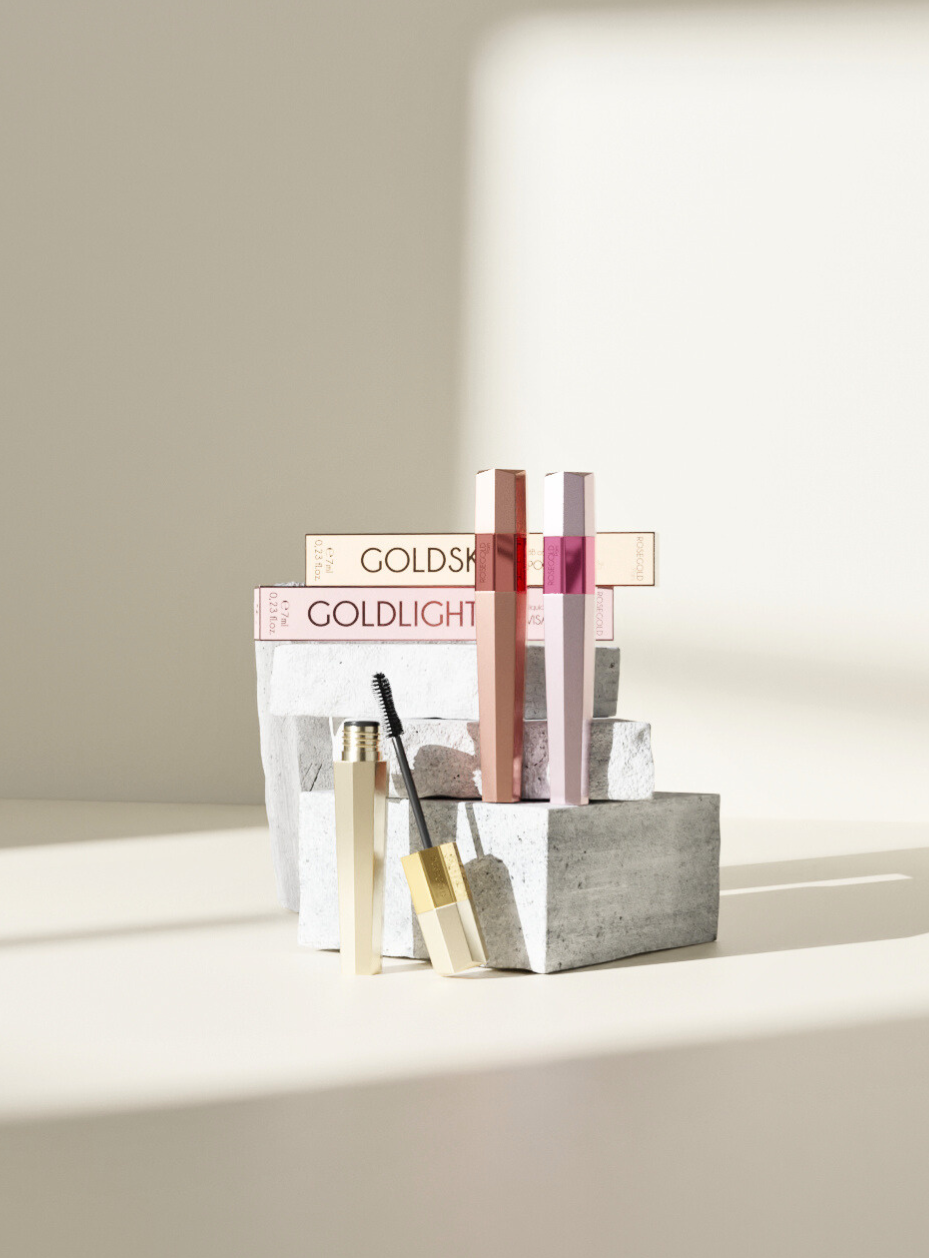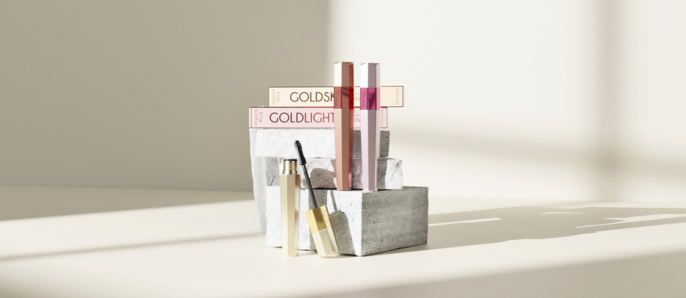Which shampoo should I choose for oily hair?
Which shampoo should I choose for oily hair?
Coralie Techer

Each hair type has its own shampoo! Which one should you choose when you have oily hair? We tell you everything.
Although they can cause some discomfort in terms of aesthetics, oily hair is far from being inevitable. There are solutions to overcome the problem and allow the scalp to regain an effective appearance and feeling of freshness... It starts with good maintenance, which involves choosing the ideal shampoo for oily hair.
Discover our hair serum
Understanding oily hair
Oily hair is the result of excessive sebum production by the sebaceous glands in the scalp. Sebum is an oily substance naturally produced by the body to lubricate and protect the skin and hair. A certain level of sebum is essential for keeping hair and scalp healthy, but excessive production can lead to oily hair and a shiny appearance that can be embarrassing for many.
You should know that several factors can contribute to making hair oily:
Genetics: Sebum production is influenced by genetics, so some people may be more predisposed to having oily hair than others.
Hair hygiene: Under- or over-washing can affect the balance of sebum. If you wash your hair too frequently, it can stimulate the sebaceous glands to produce more sebum to compensate for the frequent cleaning. On the other hand, not washing your hair regularly can lead to excessive build-up of sebum and dirt on the scalp.
Hormones: Hormones also play a significant role in sebum production. For example, during adolescence, hormonal fluctuations can cause an increase in production and cause excess sebum, which can make hair oilier.
Stress: Stress can influence hormone levels and potentially increase the risk of excess sebum.
Temperature and climate: Weather conditions can also play a role in sebum production. For example, heat and humidity can stimulate the sebaceous glands to produce more sebum.
Using the wrong hair products: Using hair products that contain heavy ingredients or silicones can weigh down hair and promote sebum build-up, so it's important to choose the right hair masks and shampoos.
Excessive Touching: Frequently handling or touching your hair can transfer oil from your hands to your hair, making it greasier.
Hair coloring: Yes, colored hair can be more prone to excess sebum. Hair that has been damaged by the chemical process of coloring can produce excess sebum to regulate any aggression felt on the scalp. If you want to color your hair with oily hair, choose a natural color.
Discover our hair serum

How to regulate sebum production and avoid oily hair?
As we said above; oily hair is not inevitable and if you really want to get rid of it there are solutions to integrate into your hair routine in order to control excess sebum.
1 - Space out hair washes: yes, contrary to what one might be tempted to do, it is absolutely necessary to space out hair washing to avoid over-stressing the sebaceous glands and reduce sebum production. The hardest part is getting started... You will have to live with oily hair for a while before the cycle regulates itself and shampoos can be spaced out without problems. During this waiting period, you can style your hair in a way that camouflages the oily appearance of your hair; many tutorials are available online.
2 - Use warm or cold water for washing : Hot water can stimulate sebum production, so opt for a warm temperature or even cold if you dare, when washing your hair. Cold water will also have the effect of tightening the scales and giving a shiny appearance to the hair.
3 - Eat a balanced diet and stay hydrated : A balanced diet and good hydration can have a positive impact on the health of your hair. Make sure you consume enough fruits, vegetables and water to maintain hormonal balance and overall health.
4- Do scalp scrubs: a scrub or exfoliation is a beauty technique that should not be neglected for the scalp. We don't think about it much, even if we talk more and more in the world of beauty, scalp scrubbing is an excellent way to cleanse oily roots and allow the scalp to find a good base.
5 - make purifying masks: oily hair requires maintenance, that's a fact. In addition to scrubs, do not hesitate to regularly apply purifying masks to the scalp because this can help eliminate excess sebum, impurities, hair product residue and dirt that accumulate on the scalp and hair. These masks help rid the hair follicles of any build-up that can clog pores, stimulate sebum production and give hair that greasy and heavy appearance. For even more effectiveness, do not hesitate to follow the mask with a hair serum that will act directly on the hair follicles.
Discover our hair serum
How to choose and use the best shampoo for oily hair?
When you have oily hair, it's best to choose a shampoo that's specifically formulated to regulate sebum production and remove excess oil without overly drying out your hair or scalp. Here are some features to look for when choosing a shampoo for oily hair:
Sulfate-Free Formula : Whether it’s a solid or liquid shampoo, always look for a sulfate-free formula. Sulfates can be too harsh and strip the scalp of its natural oils, leading to increased sebum production to compensate!
Balancing formula : Look for a gentle shampoo that balances oil and soothes the scalp. Some shampoos contain ingredients like witch hazel, green clay, sage, or lemon, which can help regulate oil production. If you're feeling fancy, you can even create your own homemade shampoo with a neutral base and essential oils.
Solid shampoo or powder shampoo: to treat the problem of oily hair, nothing beats a shampoo formulated with natural ingredients. You will easily find 100% shampoos on the solid and powder side. In addition, shampoo with Ayurvedic powders (Guarana or Rhassoul) is particularly recommended to cleanse oily scalp.
As for proper shampooing, just make sure to massage the scalp rather than rubbing it with shampoo and always be careful to remove all product residue. Even if it means rinsing the strands several times.
> We also guide you for a good facial routine for oily skin.

Make your own shampoo and homemade mask for oily hair
To avoid getting bogged down in the shampoo section of the supermarket or drugstore, we offer you an ideal recipe for shampoo for oily hair and the purifying mask that goes with it.
Homemade Shampoo Recipe for Oily Hair
Ingredients :
- 1/4 cup aloe vera gel
- 1/4 cup unscented liquid castile soap (or other mild sulfate-free liquid soap)
- 1 tablespoon apple cider vinegar
- 10 drops of lemon or tea tree essential oil - optional (for its purifying properties)
Instructions :
-
In a bowl, mix together the aloe vera gel, liquid castile soap, and apple cider vinegar. The aloe vera gel will help moisturize and soothe the scalp, while the castile soap will gently cleanse the hair and scalp without stripping them of their natural oils.
-
If you decide to use essential oils, add 10 drops of lemon or tea tree essential oil to the mixture. Lemon and tea tree essential oils are known for their purifying and antibacterial properties, which can be beneficial for oily hair.
-
Mix all ingredients well until smooth.
-
Transfer the homemade shampoo into a clean, empty shampoo bottle.
-
Apply a small amount of shampoo to your wet hair and gently massage your scalp to work the shampoo into a lather.
-
Rinse thoroughly with lukewarm water until all shampoo residue is removed.
-
You can follow with a light conditioner on the ends and lengths if needed.
Store homemade shampoo in a cool, dry place. Since it does not contain preservatives, it is best to prepare small quantities for short-term use.
Recipe for a homemade purifying mask for oily hair
Ingredients :
- 2 tablespoons of green (or white) clay powder
- 1 tablespoon apple cider vinegar
- 1 tablespoon water (or more if needed to achieve a paste consistency)
Instructions :
-
In a bowl, mix the green clay with the apple cider vinegar until you get a smooth paste. Apple cider vinegar helps balance the pH of the scalp and remove excess oil.
-
Gradually add water to the paste until it reaches a thick, smooth mask consistency.
-
Apply the mask to your scalp and hair, avoiding the ends. Gently massage your scalp to help stimulate blood circulation.
-
Leave the mask on for about 15 to 20 minutes. Do not let the mask dry completely, as this can dry out your hair. You can also cover your hair with a shower cap or a warm towel to help the mask work.
-
Rinse the mask thoroughly with lukewarm water until all the paste is removed.
-
Wash your hair as usual using a mild shampoo suitable for oily hair.
-
Use this mask once a week or every two weeks, depending on your needs.



















